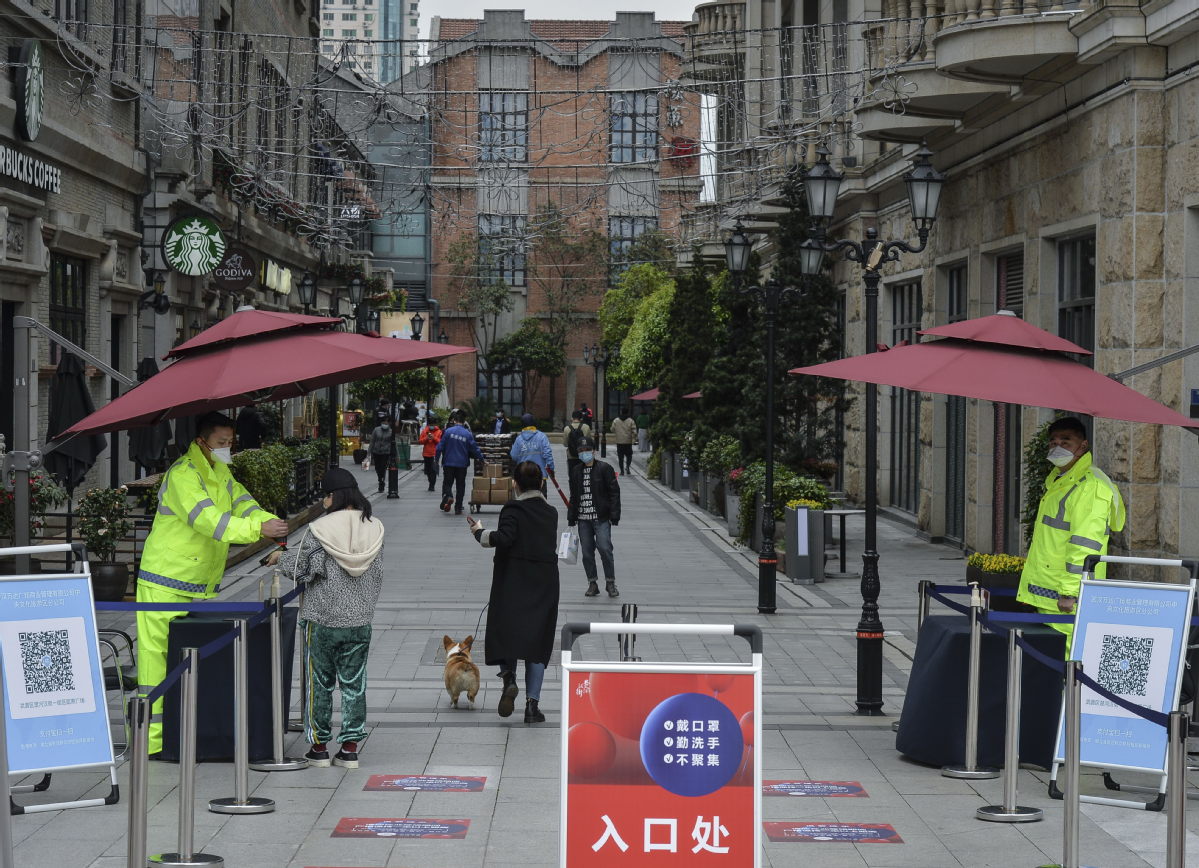
What's in a QR code? Lots of things: a link to an advertisement, your digital wallet or maybe access to a doctor's appointment.
But the two-dimensional digital square ubiquitous to Chinese internet users is also playing a growing role in helping the nation bounce back from novel coronavirus-related closures of schools and businesses.
Tencent Holdings Ltd, which operates popular messaging app WeChat, has launched a dedicated QR code Fuxuema, which translates as "school resumption code", as a growing number of educational institutions have announced plans to resume classes after months of shutdowns.
Students and their parents can report health conditions via the code, which is available for application through a special WeChat program.
The application makes note of body temperatures, any symptoms developed and students' whereabouts over the previous 14 days. Teachers and education administrators can access such information to help with more precise management.
Schools in China have been closed since the end of January. But some provinces, such as Qinghai and Guizhou-in early March began announcing upcoming reopening dates as the number of new locally transmitted cases gradually fell.
However, schools in major cities such as Beijing and Shanghai have yet to say when they will ask students to return.
Tencent said the move marks the latest application scenario of QR codes in the education realm. A more universal Health Code to help with the resumption of economic activity has been displayed some 2.5 billion times, with the program hosting the service visited 8 billion times.
Using that code, which records people's travel history and other elements, individuals get to see whether they are qualified to enter public spaces-or should follow quarantine rules.
Rival Alipay is also using a similar health code to help businesses resume operations. One notable case in point is its use in the catering sector, allowing service attendants and chefs to present health codes to prove their good health and ensure pleasant dining experiences for patrons.
The company said over 2,600 catering outlets have joined in the initiative.
Huang Rihan, executive dean of Beijing-based think tank Digital Economy, said QR codes add to transparency and elevate efficiency and goodwill in city management while helping to boost consumption.








 个人中心
个人中心 我的培训班
我的培训班 反馈
反馈












Comments
Something to say?
Log in or Sign up for free